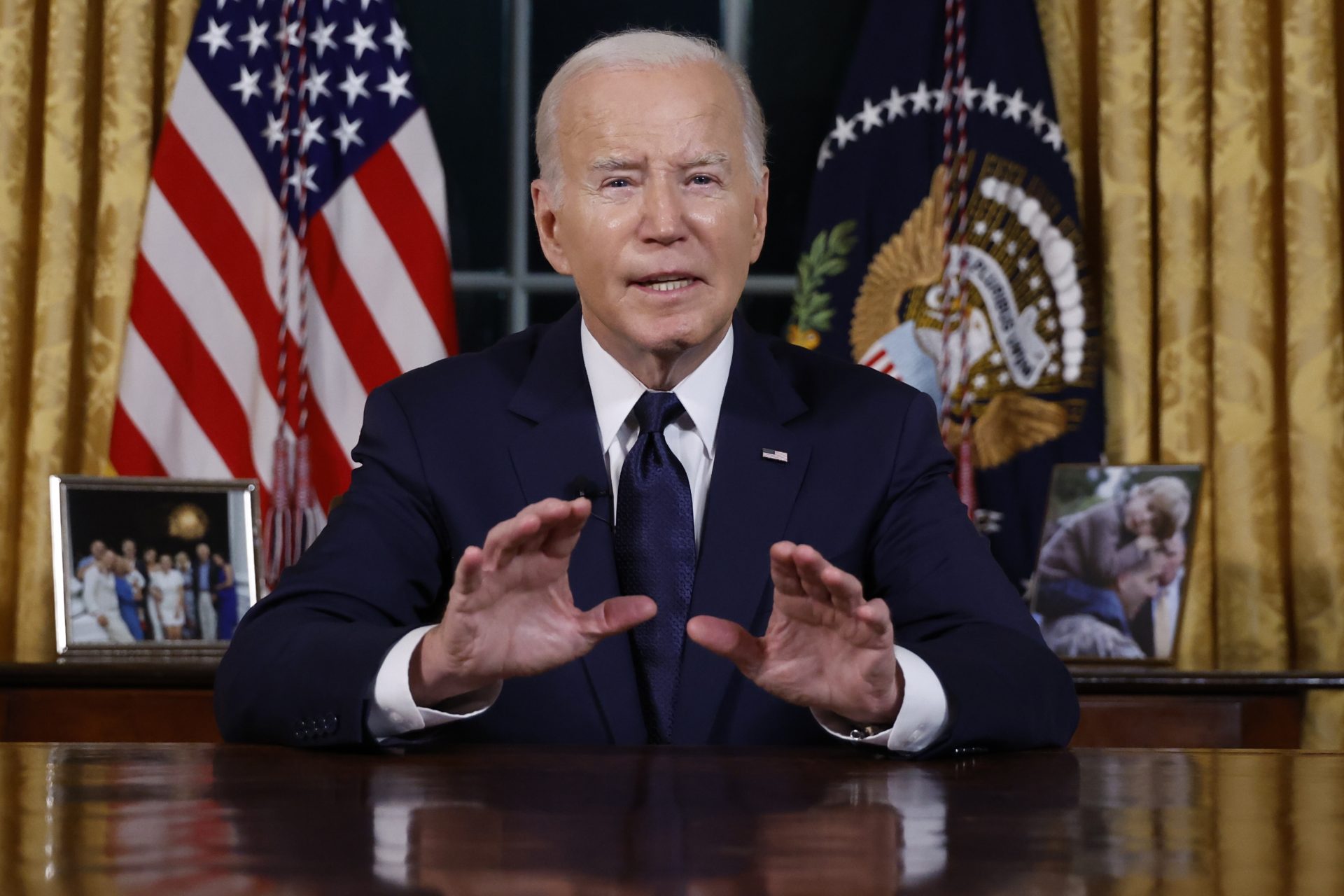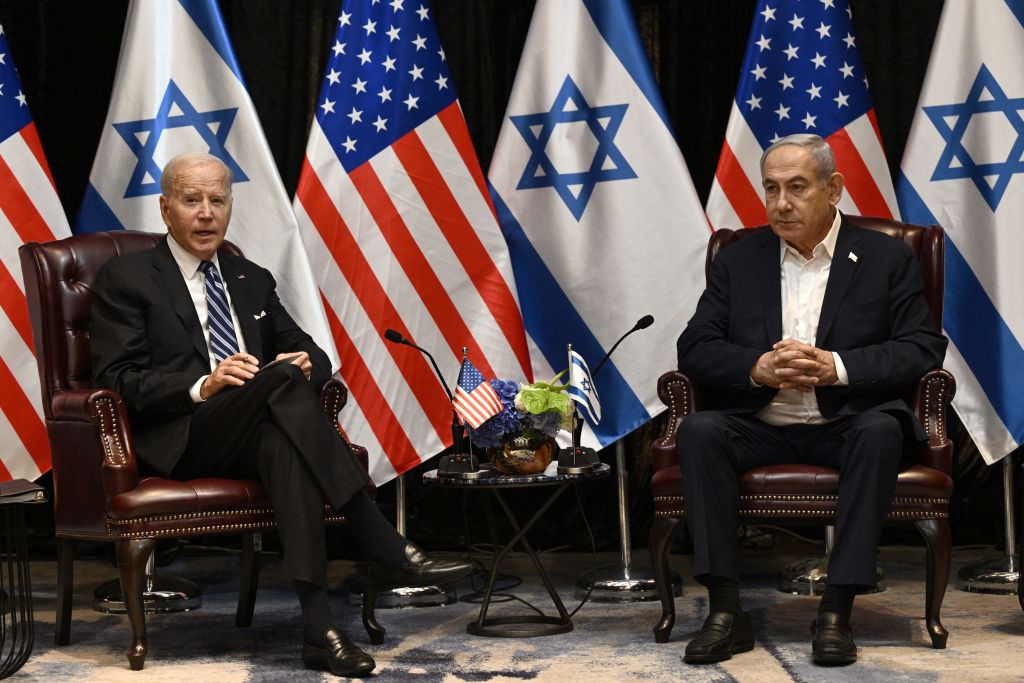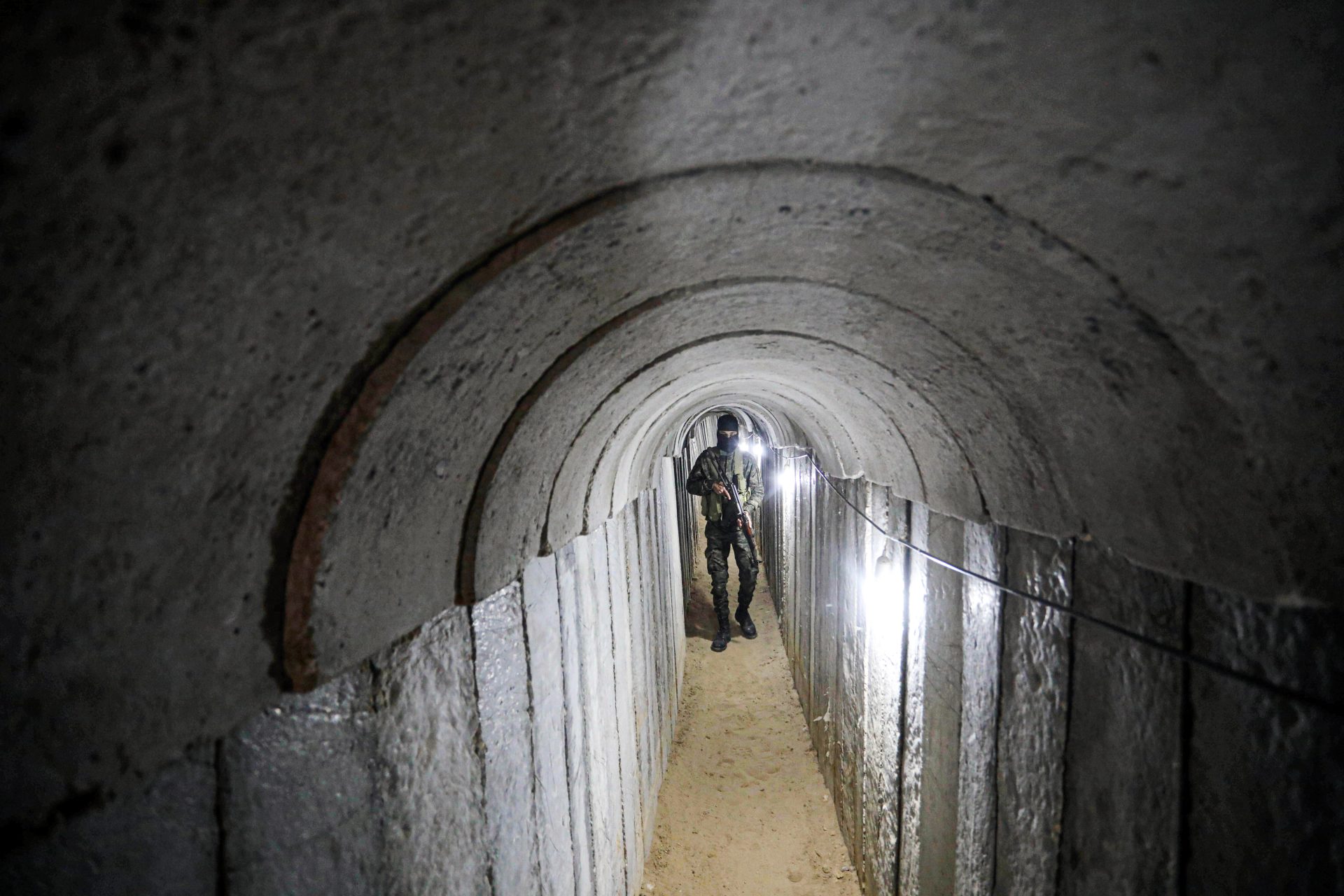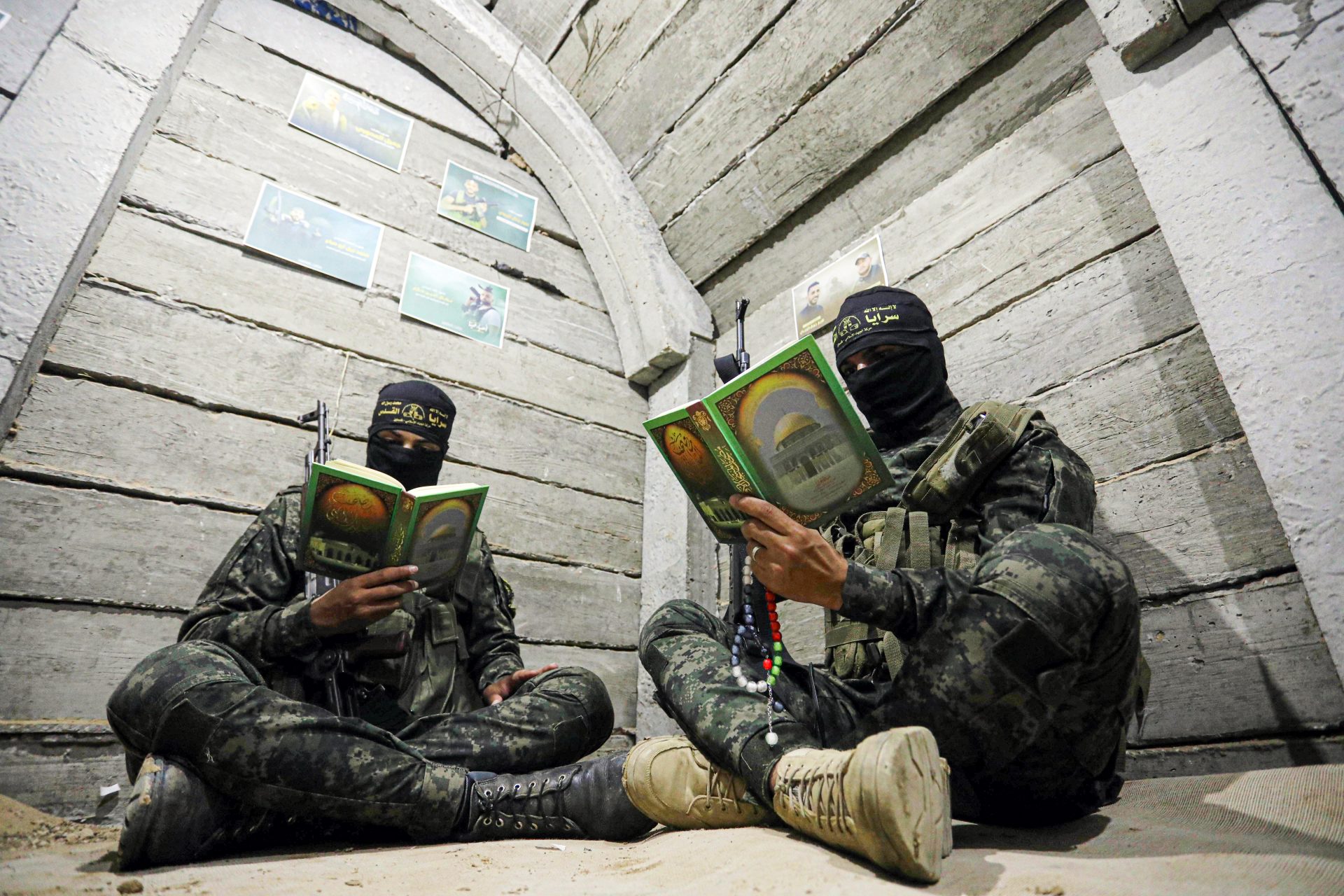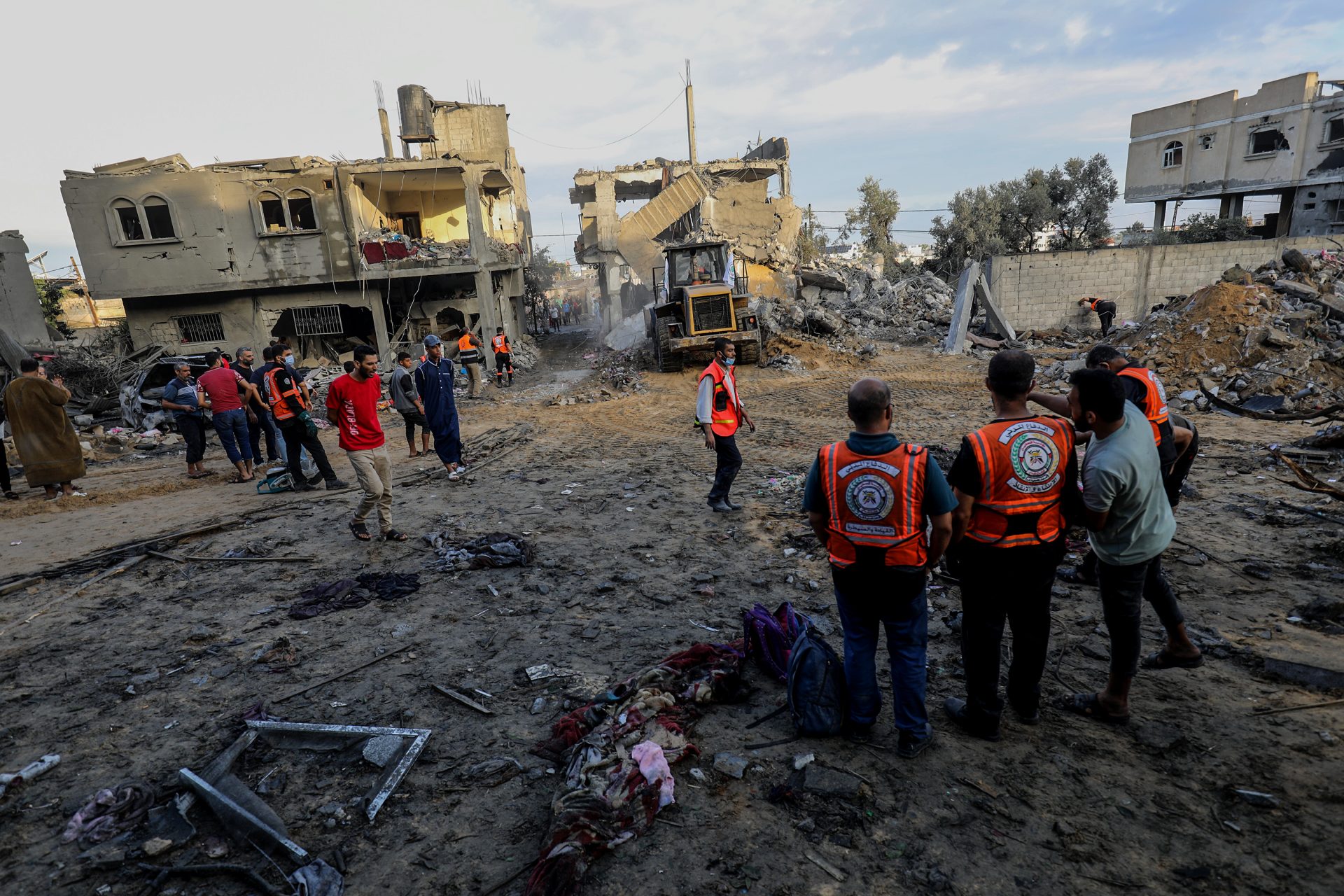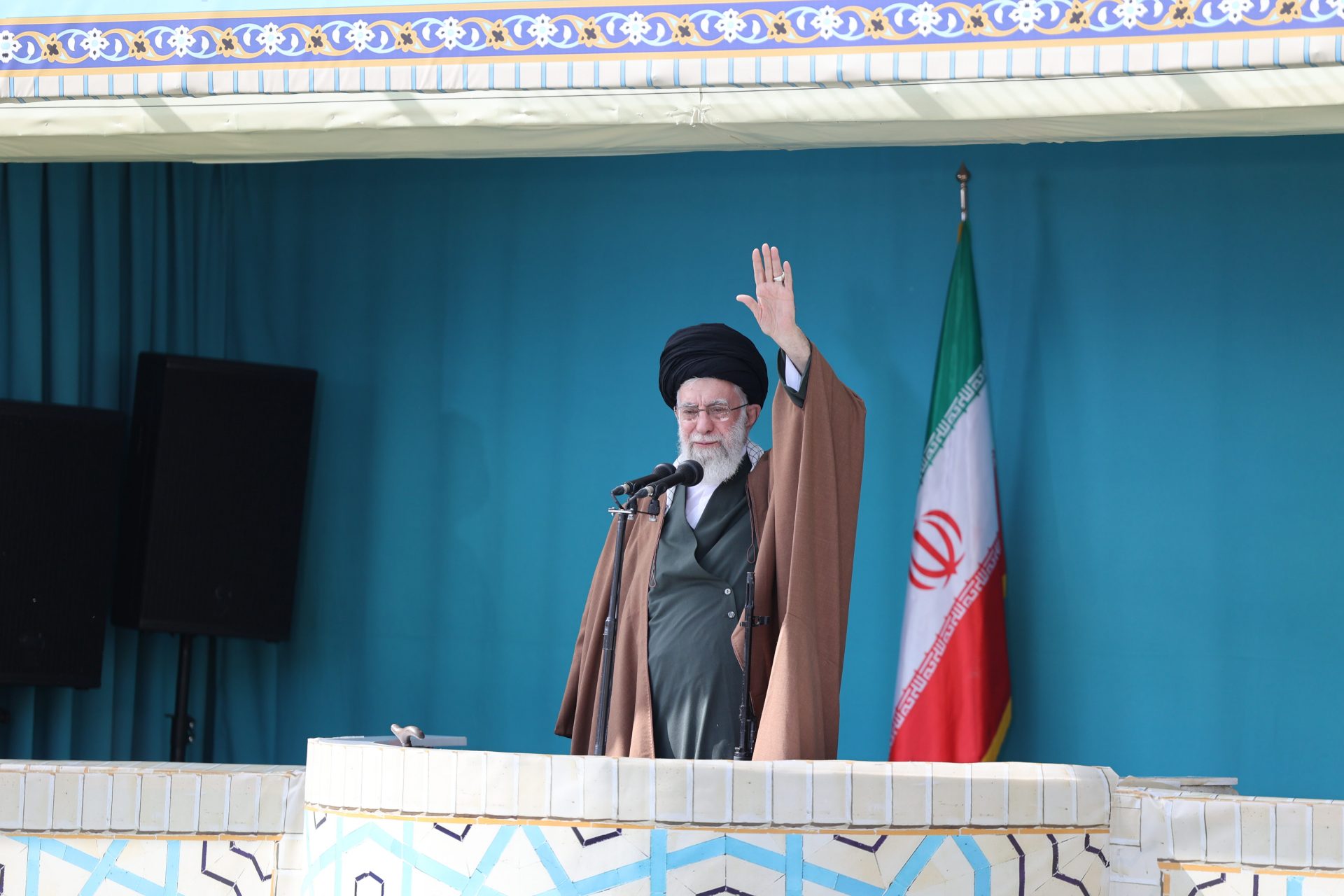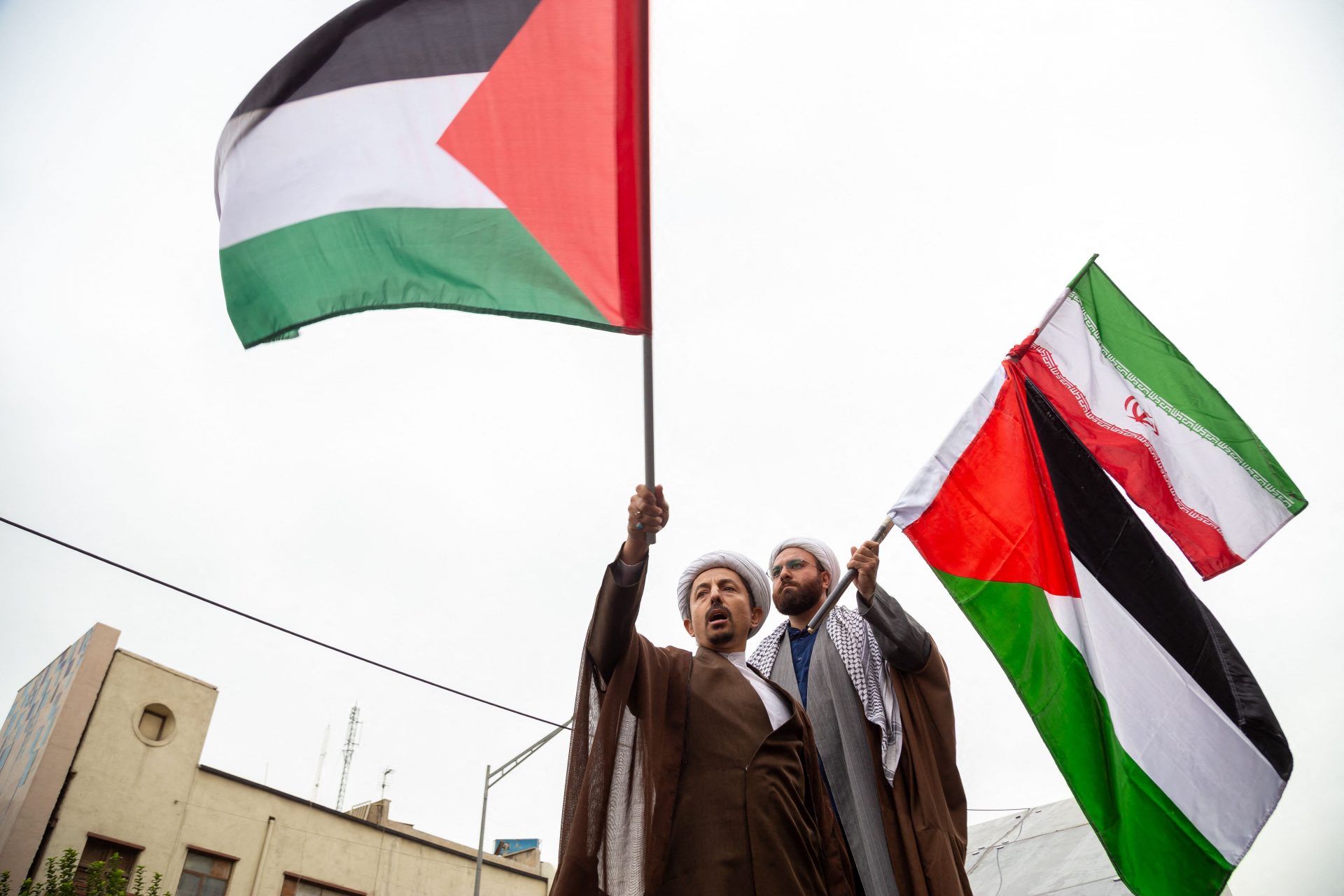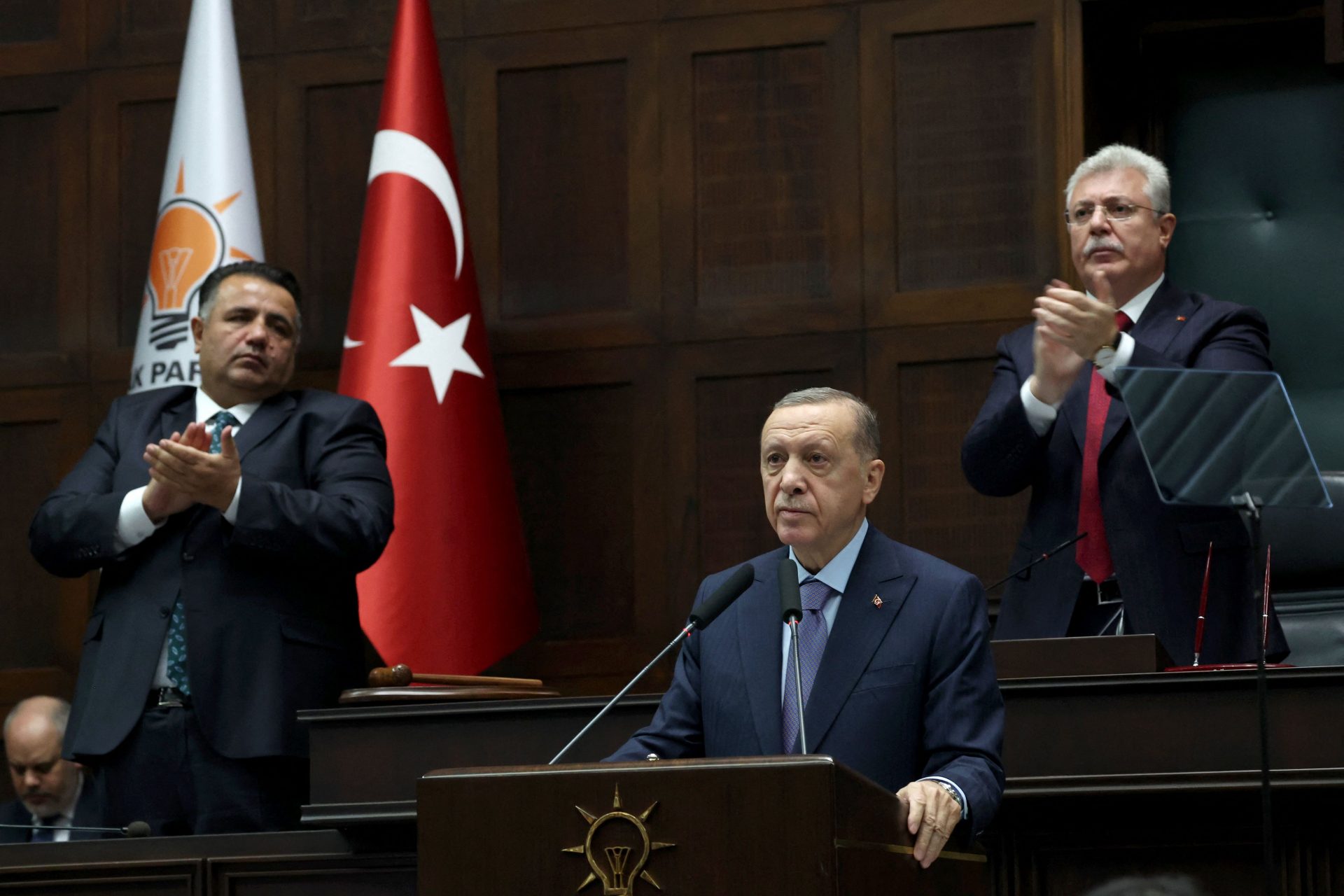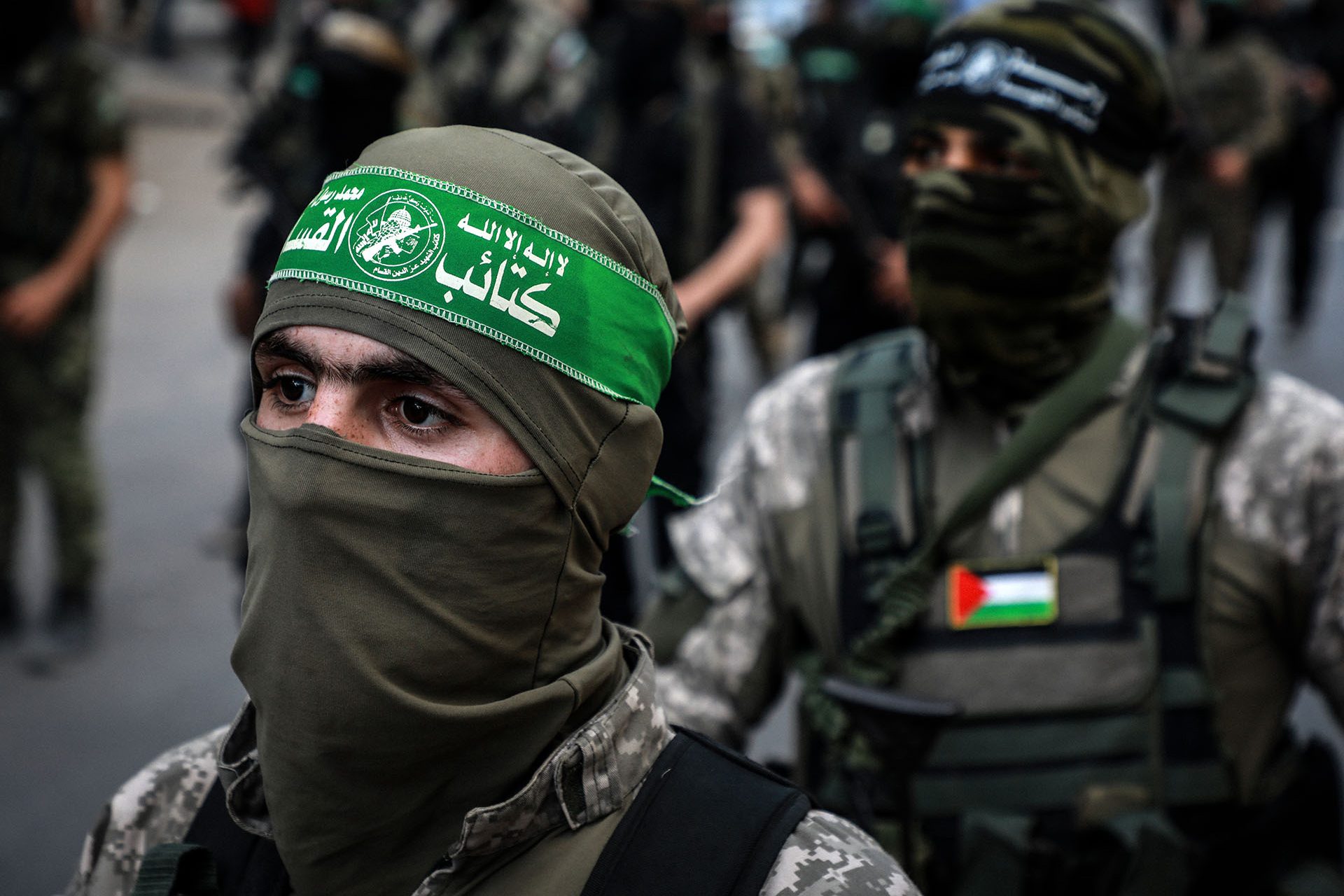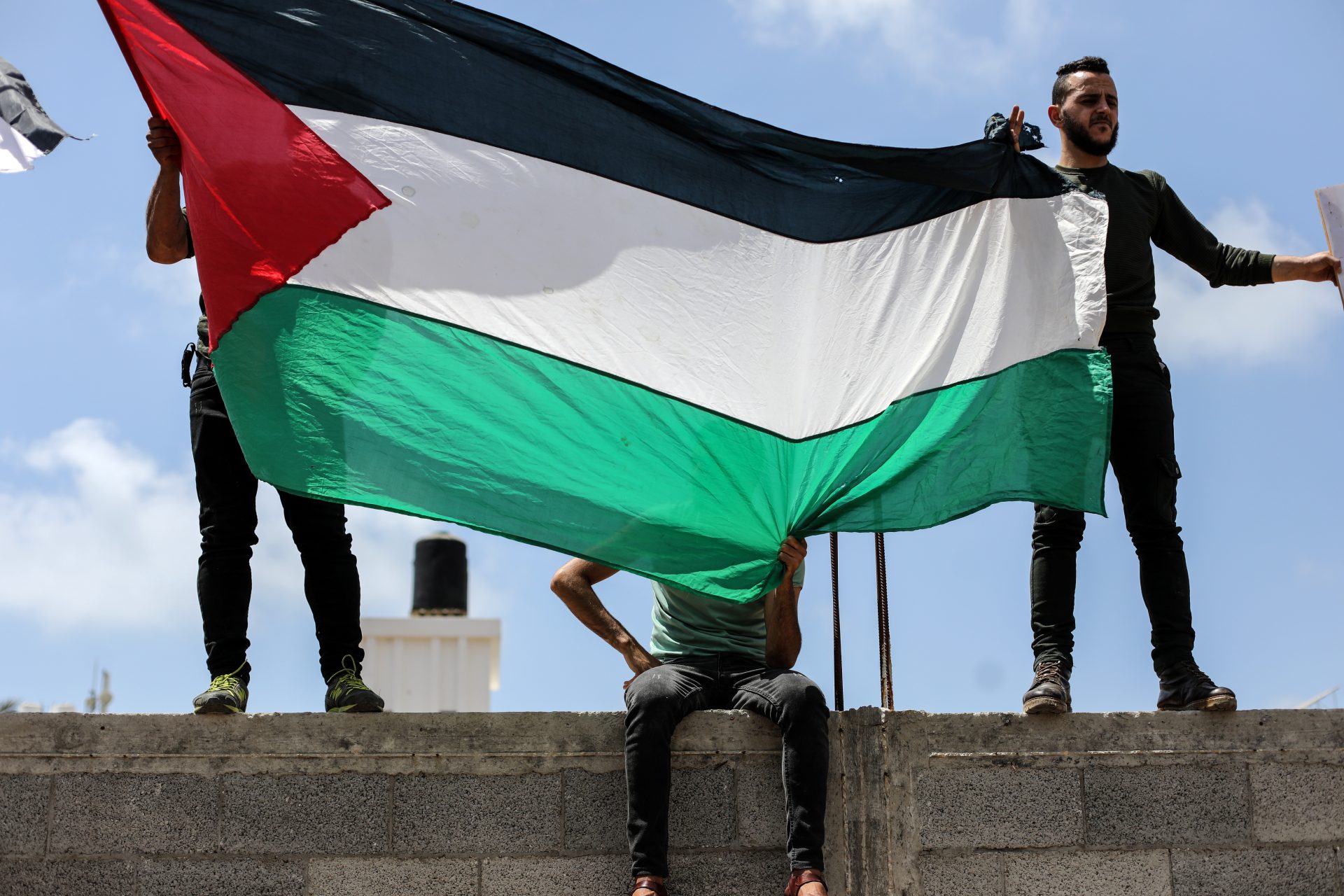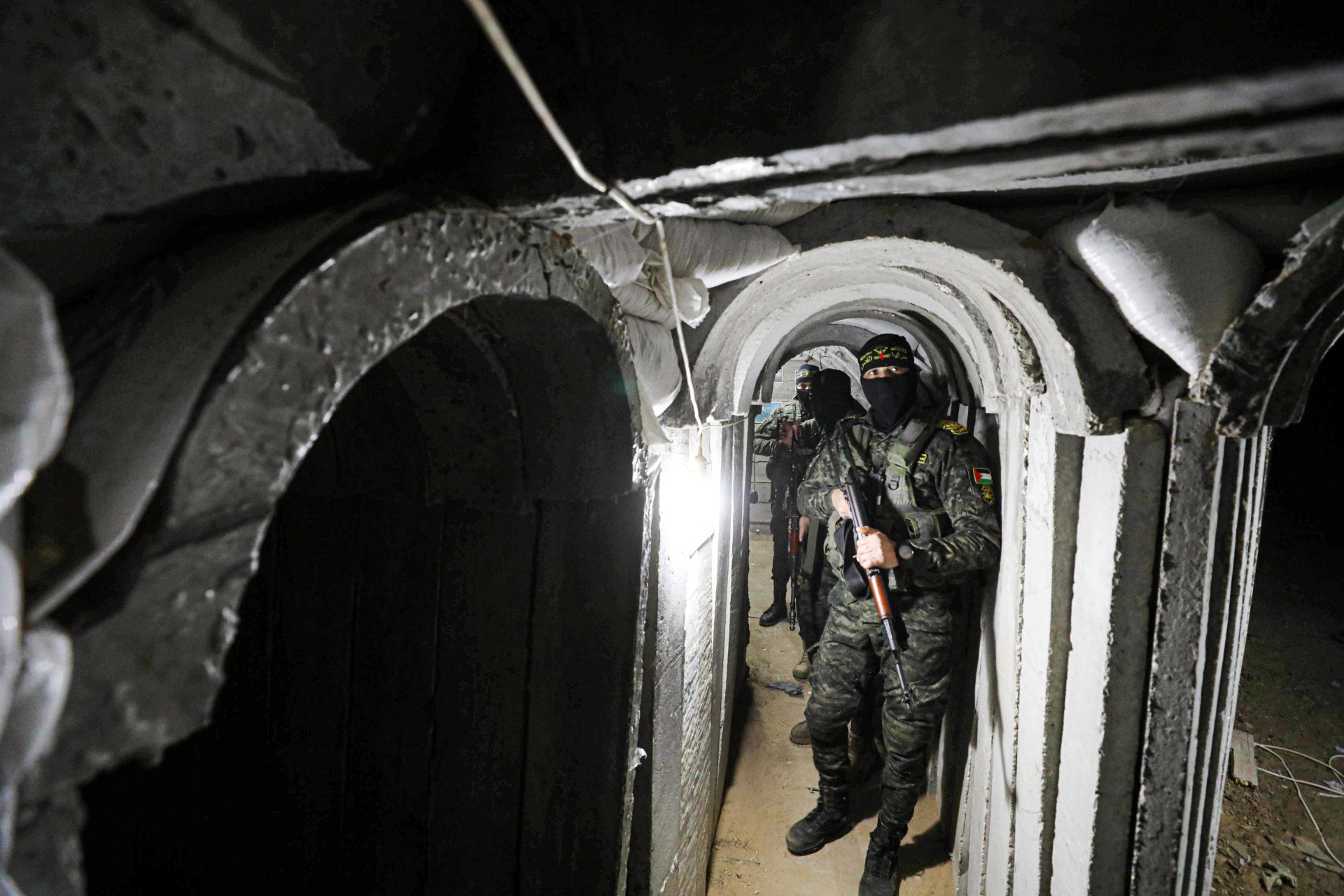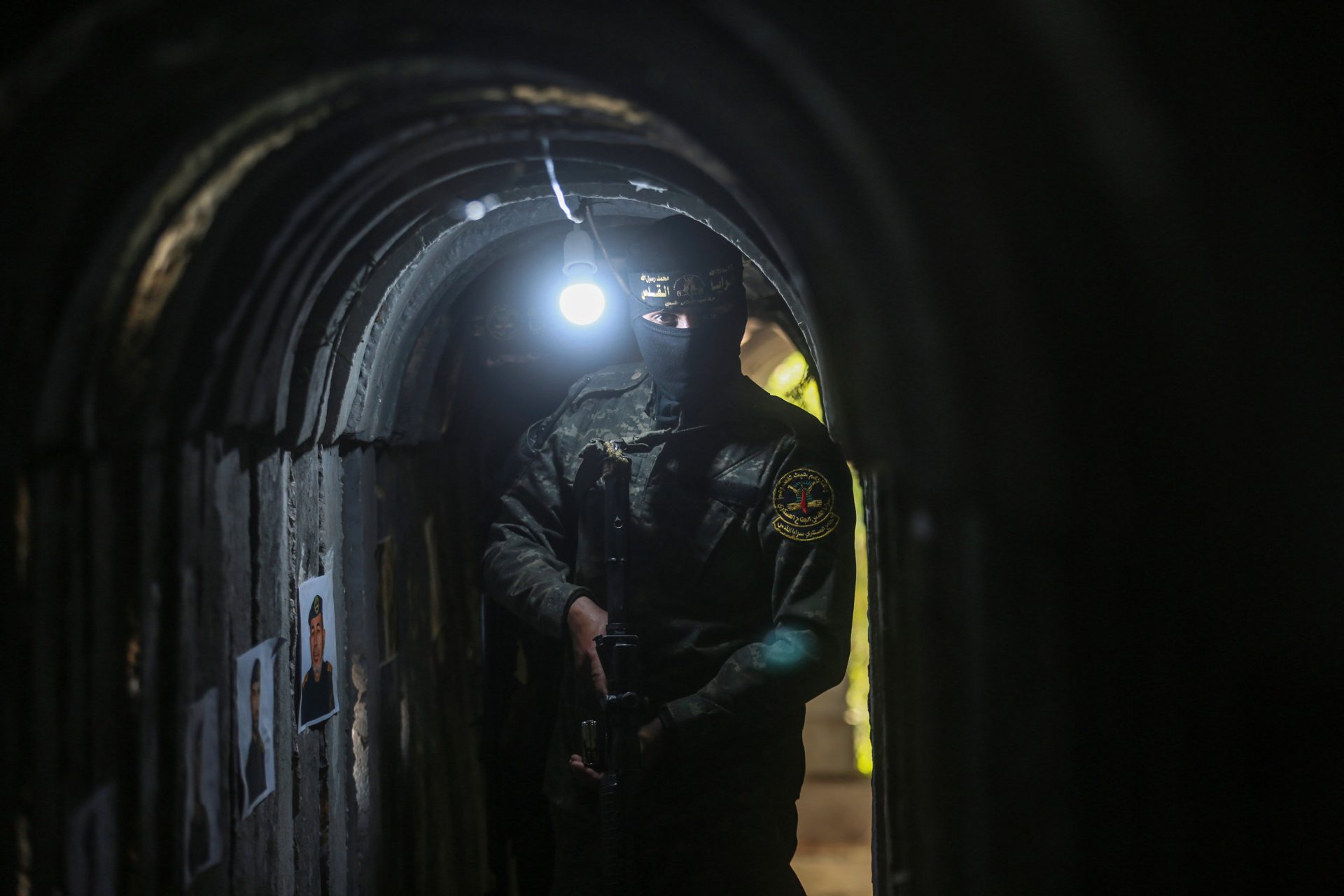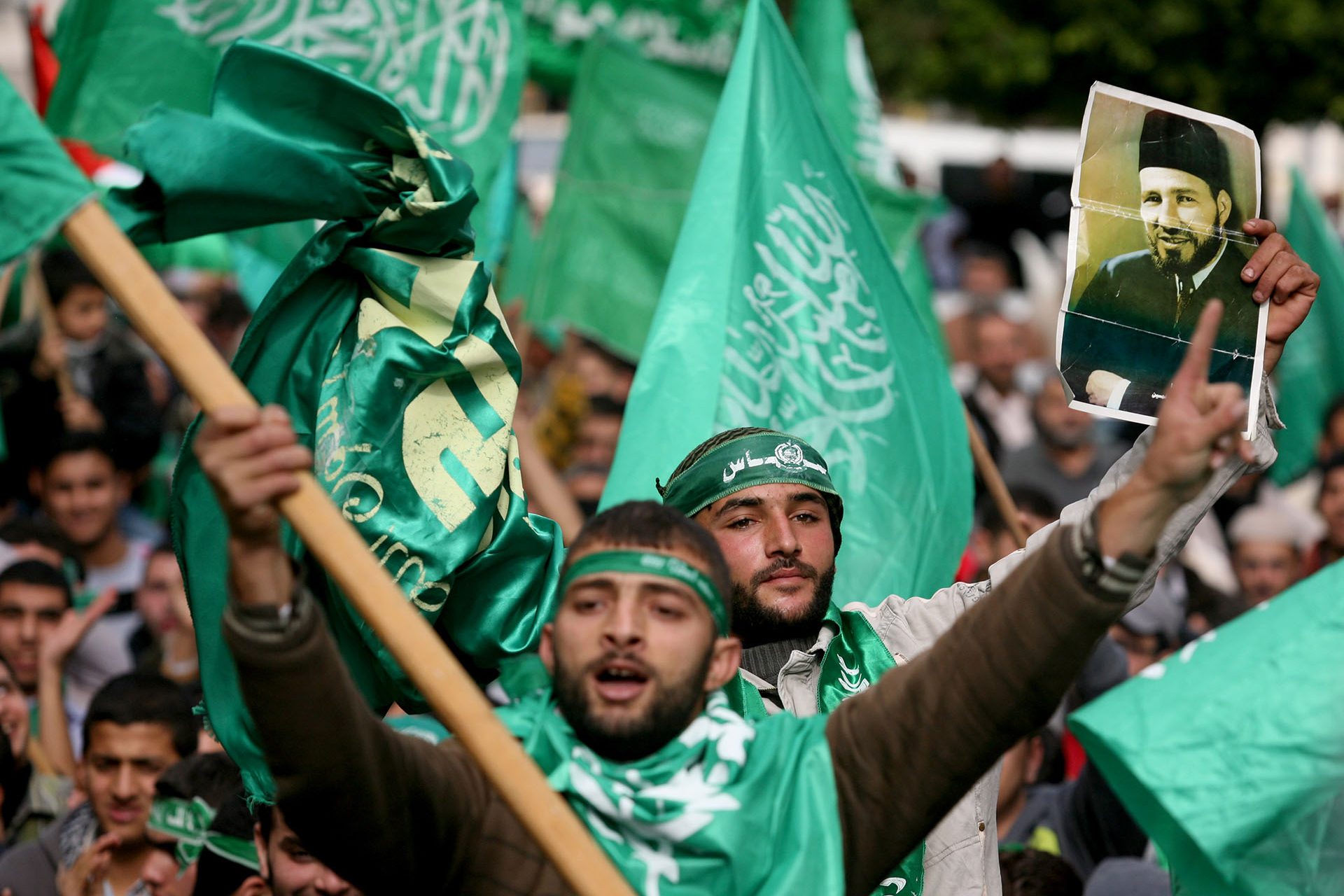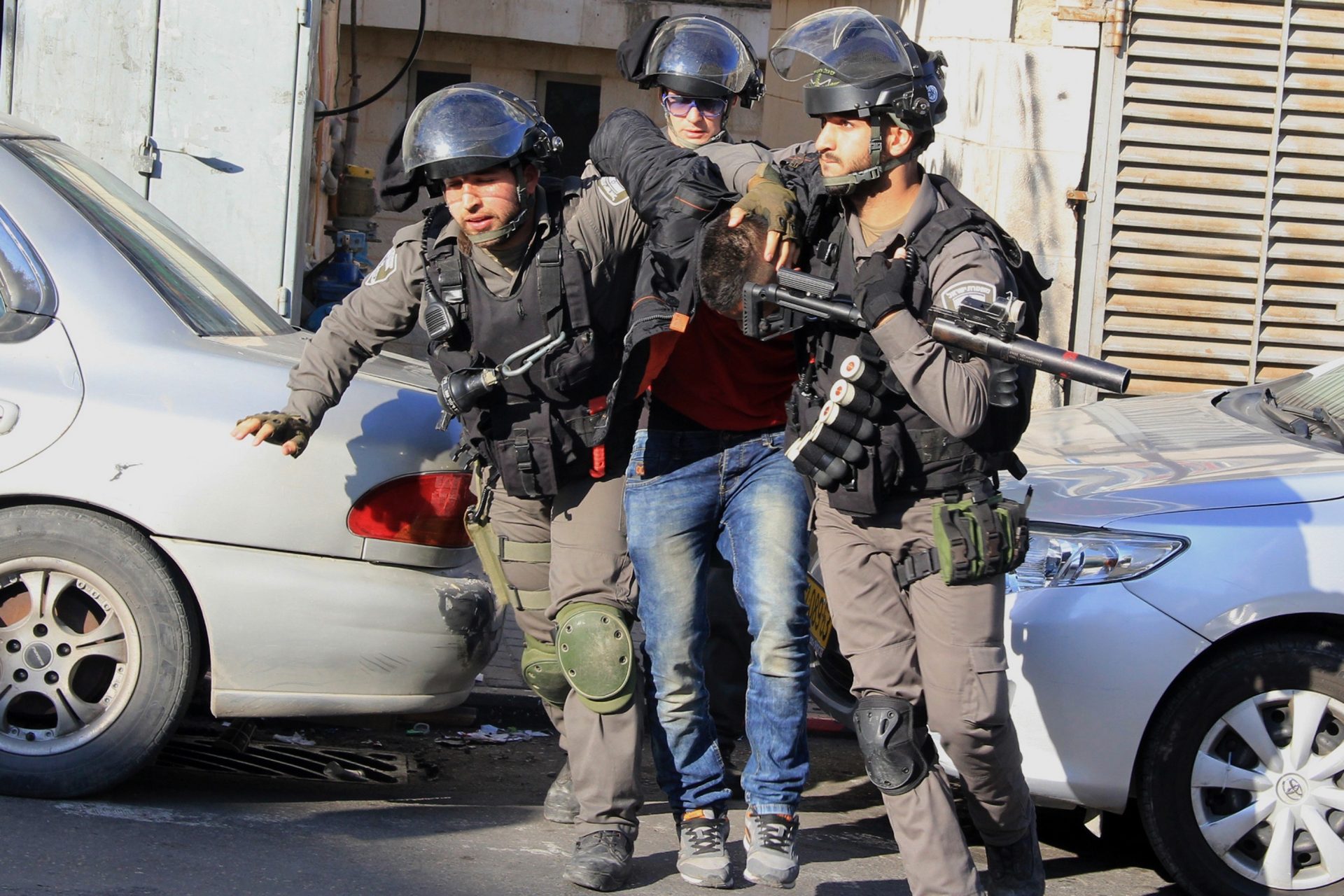How does Hamas get funding? A look into their intricate financing network
After the surprising and brutal attack of October 7, 2023, Hamas returned to international headlines, and cutting its funding became an urgent priority for the US and its allies.
The Biden administration imposed sanctions on institutions and individuals that finance the group. According to The New York Times, the US estimates Hamas controls $500 million in assets.
CNBC detailed that the sanctions affected ten institutions in five countries and territories: Gaza, the West Bank, Sudan, Turkey, Algeria, and Qatar.
The sanctions also isolated Hamas from the international financial system by adding these institutions and individuals to the list of organizations that fund terrorism.
When the US includes an entity in the list, it flags financial institutions worldwide to block any transaction, especially those made in dollars, the most common international currency.
Despite sanctions, the group has managed to collect funds through cryptocurrency. American institutions have investigated Hamas' crypto networks for years, CNN explained, seizing accounts worth billions of dollars.
Still, officials in the Treasury Department have told the media that Hamas' financing network is intricate and very complicated to intercept fully.
Hamas' funds are entangled with money for other purposes, such as humanitarian NGOs and charity donations for civil necessities like health and education in the Gaza Strip.
Another important source of income for Hamas is sympathizing with governments. According to CNBC, the US government claims that Iran is a significant contributor to Hamas' funds.
Iran is already under heavy restrictions from the US. Officials told CNBC that the Biden administration is reluctant to harden them as it could affect global oil prices in an already fragile economy.
The organization also relies on funds from other political allies in the region. According to NBC News, those include groups in Turkey, Kuwait, and Malaysia.
Government officials have also told the media that removing accounts, placing sanctions, and investigating financing methods didn't seem urgent at the time.
Part of the reason why Hamas was not entirely blocked from receiving funds was that it had some legitimacy to handle donations as the de facto government of the Strip.
That position opened some doors for Hamas to reach agreements with other governments, international organizations like the UN, and NGOs for humanitarian purposes.
It also allowed the organization to have another financing route. According to the Council on Foreign Relations, Hamas collected around $12 million monthly in taxes for imported goods in 2021.
Only a few products cross the border, opened in 2018. Five years before that, the Egyptian government entirely banned commerce by closing a complex network of tunnels that Hamas used to get products inside the Strip between 2006 and 2013.
The Egyptian government opened minimal commerce relations with the Gaza Strip for the same reason the US didn't feel it was urgent to stop Hamas' funding: the conflict seemed dormant.
Hamas also collected some international support and had a chance to build its funding network while the international community saw Israel in complete control of the situation.
Israel disengaged from the Gaza Strip in 2005 following decades of conflict and unsuccessful peace negotiations with the Palestine Liberation Organization and Fatah, the party that represented it.
The dissatisfied Palestinian population voted against Fatah the following year, giving Hamas the majority of the Senate. That led to a conflict between the parties, and Hamas took control of the Strip by force in 2007.
After Hamas took control of the Strip in 2008, Israel instaurated a siege and effectively trapped the population in what the UN qualifies as an occupied territory.
After that, the conflict erupted several times, with Israel showing all its military strength, with actions similar to the bombing in the picture from May 2021. Those events led the international community to believe it had Hamas under control until the October attack.
More for you
Top Stories




